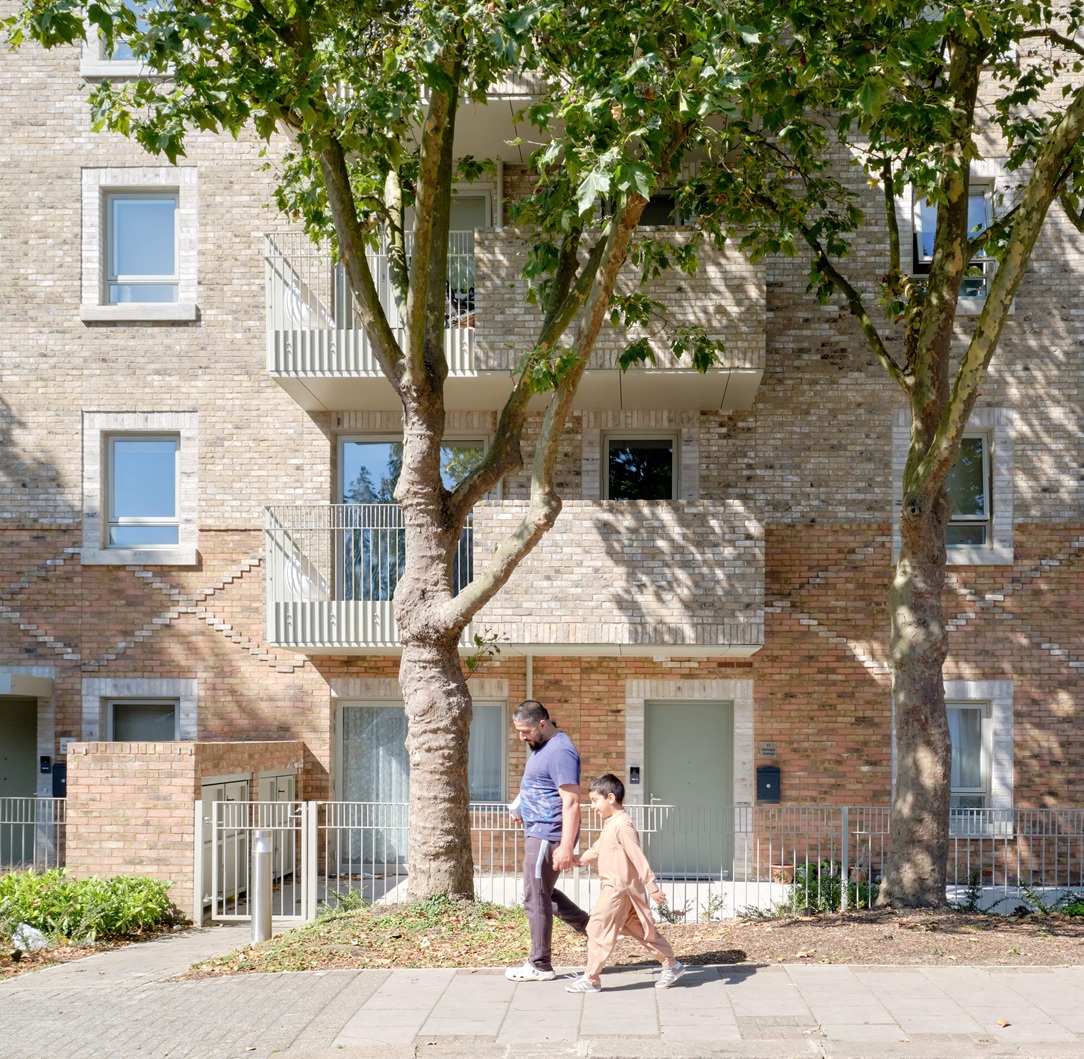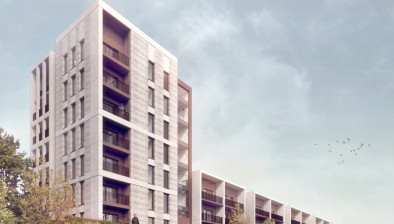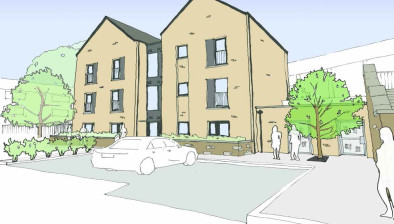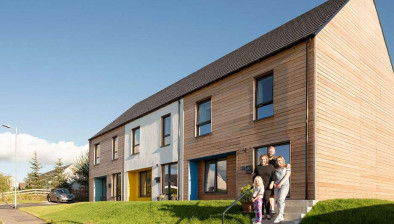1% of all new UK housing projects ‘now built to Passivhaus standard’

A Passivhaus development at Plashet Road, Newham by Levitt Bernstein (Image credit: Kimbo Fidelo Sito)
Projects being built to the Passivhaus standard now account for approximately 1% of all new homes under construction, according to figures just released by the Passivhaus Trust.
Policy and funding changes, as well as the standard’s growing popularity as a solution to the energy bill crisis, are all credited with this increased uptake within the UK construction industry. The Trust is now setting its sights on achieving 10% of all new UK housing by 2035.
The Passivhaus Trust suggests the surge in popularity is down to a combination of factors, including political and economic changes.
The Scottish Government is currently developing a Scottish Passivhaus equivalent policy for newbuild housing, which could include, as a minimum, a requirement that homes to the Passivhaus standard be considered ‘deemed to satisfy’ current building standards.
Local authorities have been developing local plans that call on developers to go beyond building regulations, often drawing on the Passivhaus methodology.
Around 60% of new schools in Scotland are aiming for the Passivhaus standard, thanks to an innovative funding mechanism developed by the Scottish Futures Trust that encourages local authorities to adopt building standards that can guarantee good building performance.
In Wales, social housing schemes have the option of a ‘fabric first’ alternative to EPC A that draws on the Passivhaus methodology. The new ‘Tai ar y Cyd’ Pattern Book, recently launched by 23 Welsh social housing providers, includes Passivhaus as its suggested ‘enhanced’ standard.
Clients across the UK, from small one-off self-builders to large swimming pool operators, are recognising the benefits that Passivhaus brings in terms of ongoing energy bill savings, good indoor air quality, and quality assurance.
Passivhaus Trust data (as of February 2025) estimates that there are 2250+ certified Passivhaus homes in the UK and over 8000 homes targeting Passivhaus currently in the pipeline. This represents 1% of all new UK housing, assuming that 2000 projects in the pipeline will be built per year. International Passive House Institute data that compiles the Treated Floor Area (TFA) of certified Passivhaus projects in the UK (including the PHI Low Energy Building standard) confirms this trend of exponential growth.
The Passivhaus Trust is now setting itself the ambitious target of getting to 10% of all new UK homes by 2035, which would require a tenfold expansion within 10 years. The Passivhaus Trust believes that passing the 1% mark for new homes will offer a beacon to the industry and will result in a Passivhaus ‘multiplier effect’.
As part of the Passivhaus Trust’s efforts to support this growth, it is offering expanded training in universities and colleges and a new Passivhaus Learning Hub to help create a skilled and experienced supply chain of certified designers/ consultants and contractors. It continues to showcase Passivhaus exemplar projects through case studies, a projects map and Passivhaus Open Days.
Jon Bootland, chief executive of the Passivhaus Trust, said: “This new data shows that Passivhaus standard is now a mainstream option in the UK. 1% is the figure that has been achieved by Passivhaus in the UK, but we now expect exponential growth. We’re aiming to move up from 1% to 10% of all new housing by 2035.
“We also want at least 50% of the industry to understand the principles behind Passivhaus. It’s a massive challenge. We need to really accelerate delivery. The Passivhaus Trust, as an independent, non-profit organisation, aims to provide the leadership the industry needs to do just that.”









